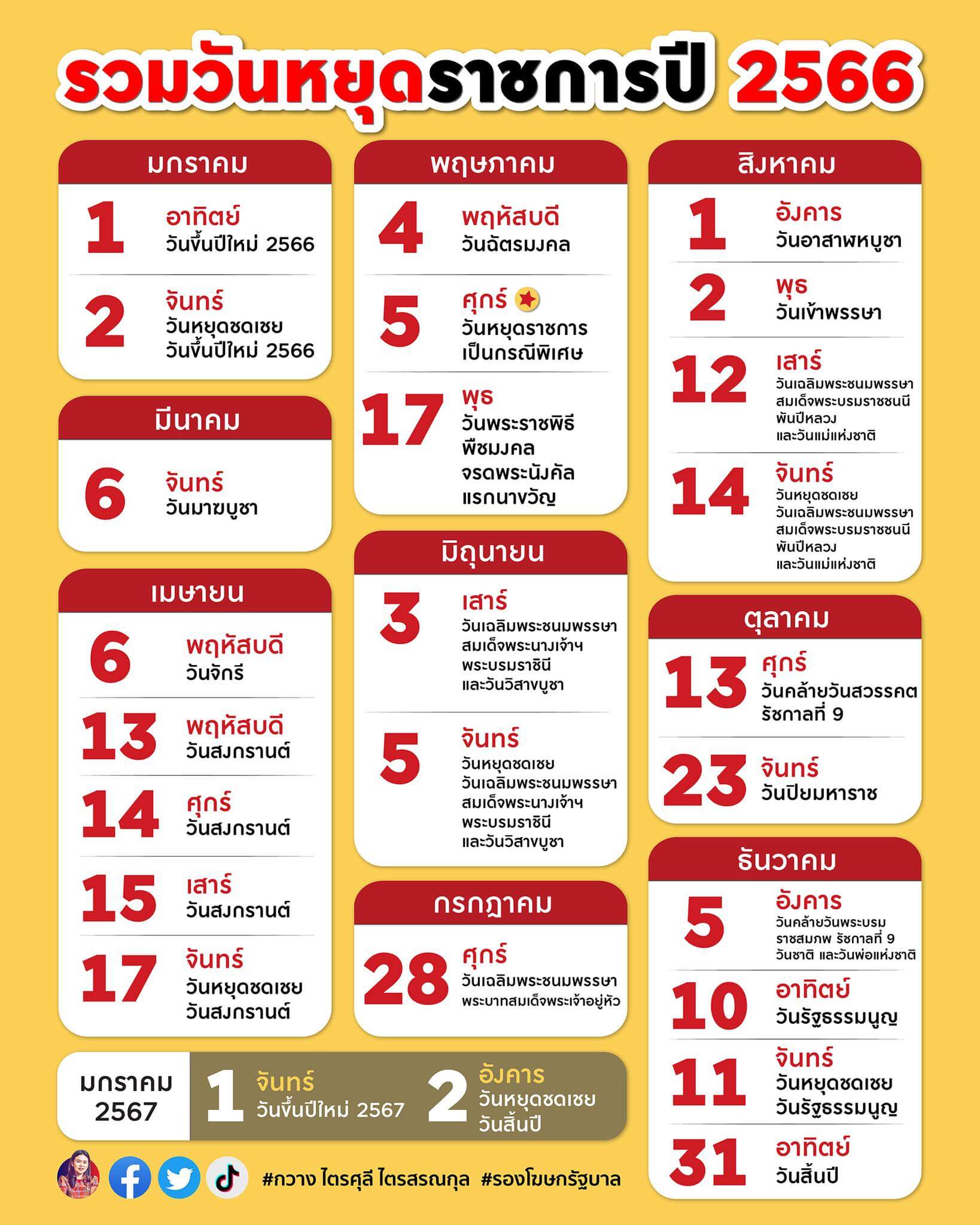ป้ายกำกับ: Bhuddist Ordination
Understanding Buddhist Ordination: A Guide to This Sacred Journey
Have you ever wondered about the profound and transformative experience of Buddhist ordination? It’s a journey that many individuals undertake to deepen their spiritual connection and dedicate their lives to a path of enlightenment. In this comprehensive guide, we’ll explore the essence of Buddhist ordination, delving into its meaning, the different types, and the preparation involved. Let’s embark on this insightful journey together.
What is Buddhist Ordination?
Buddhist ordination, also known as upasampada, is a formal ceremony that marks the transition from a lay person to a monastic life. It’s a pivotal step in a Buddhist practitioner’s journey, symbolizing a commitment to living a life dedicated to the teachings of the Buddha.
The Essence of Ordination
At its core, Buddhist ordination is about embracing the path of non-attachment and selfless service. It’s a conscious choice to relinquish worldly possessions and desires, focusing instead on cultivating wisdom, compassion, and understanding.
The Stages of Buddhist Ordination
While the specifics may vary depending on the Buddhist tradition, ordination typically involves three stages:
- The Novice Ordination (Sramanera): This initial stage is a period of learning and adaptation, where the individual receives training in the fundamental Buddhist teachings and practices.
- The Full Ordination (Bhikkhu for men, Bhikkhuni for women): This marks the full commitment to the monastic life, encompassing strict adherence to the precepts, rules, and daily rituals.
Types of Buddhist Ordination
There are several distinct types of Buddhist ordination depending on the tradition:
- Theravada Buddhism: This tradition emphasizes strict adherence to the Vinaya (monastic rules) and a life of meditation and study.
- Mahayana Buddhism: In Mahayana traditions, the emphasis is on Bodhisattva vows, where individuals dedicate themselves to achieving enlightenment for the benefit of all beings.
- Vajrayana Buddhism: Vajrayana Buddhism involves a more esoteric approach, incorporating rituals, tantric practices, and the guidance of a spiritual teacher.
Preparing for Buddhist Ordination
The decision to pursue Buddhist ordination is a deeply personal one. It requires introspection, a strong sense of purpose, and a commitment to embracing the monastic lifestyle. Here’s a look at the key steps involved in preparing:
- Reflection: Engaging in deep introspection, meditating on your motivations, and seeking guidance from experienced monks or nuns.
- Finding a Teacher: Finding a respected teacher who can mentor you on this path.
- Study and Practice: Devoting yourself to studying Buddhist teachings, learning the Vinaya, and engaging in regular meditation practice.
The Impact of Buddhist Ordination
The impact of Buddhist ordination extends beyond the individual. It plays a vital role in preserving Buddhist traditions and ensuring the continuity of the teachings. Monastics serve as a living embodiment of the Dharma, guiding others towards a path of peace and enlightenment.
If you’re curious about the transformative journey of Buddhist ordination, explore further by researching the different traditions, connecting with local monasteries or temples, and engaging in dialogue with individuals who have embarked on this profound path.
Secondary Keywords: Buddhist monk, Buddhist nun, Buddhist monastery, Buddhist temple, Buddhist rituals
